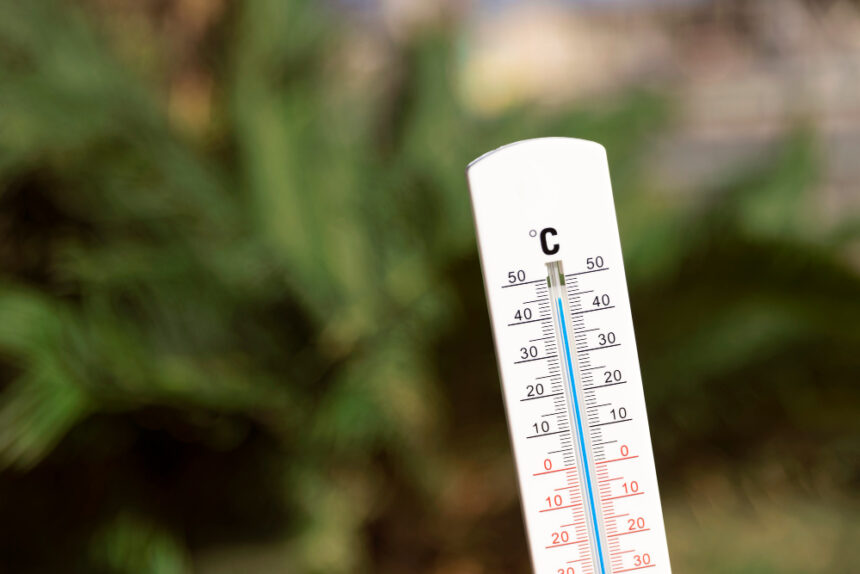As global temperatures continue to rise, communities around the world are increasingly facing the challenges of extreme heat.
Bracing for heat involves not only preparing for hotter days but also understanding the broader impacts of rising temperatures on health, infrastructure, and the environment.
Understanding the Risks
Prolonged heat is unhealthy; more so for the sensitive, and these include the elderly, children and those with other conditions.
Their exposure to high heat for a very long time can lead to heat illnesses such as heat exhaustion and heat stroke, which are life-threatening conditions.
Furthermore, it is noteworthy that heat waves do have a negative impact on the development of certain chronic diseases, such as cardiovascular and respiratory ones.
Adapting Our Living Spaces
Therefore, clients need to learn how to renovate their homes as well as the cities in order to handle increasing temperatures.
This includes measures like sealing the building to enhance the insulation, employing energy-mirroring materials to cut down on heat intake, or boosting the availability of air conditioning.
Another factor is urban planning; methods such as adding green areas, afforesting, and generating so-called ‘cool roofs’ will lead to a reduction of the UHI effect when urban areas are noticeably warmer than rural ones.
Heat-related illnesses and Precautions
In warm climates or when there is a heat wave, people must ensure that they do not become victims of heat-related diseases.
It is also important to drink water, avoid very hot days when doing any sort of outdoor activities, and dress lightly. Social institutional structures also should be ready: cooling shelters, heat warnings as a source of protection and guidance for vulnerable categories.
The Bigger Picture
Measures for preparing for heat also include fighting the causes of climate change. Limiting measures concerning the emissions of greenhouse gases, shifting to the use of renewable energy sources, and employing sustainable measures are key measures that help in avoiding long-term increases in global temperatures.
However, adaptation is the initial step in the beginning to alleviate short-term impacts, but it cannot do the job in the long run for this; people need to act to change climatic trends.
ASH CK

